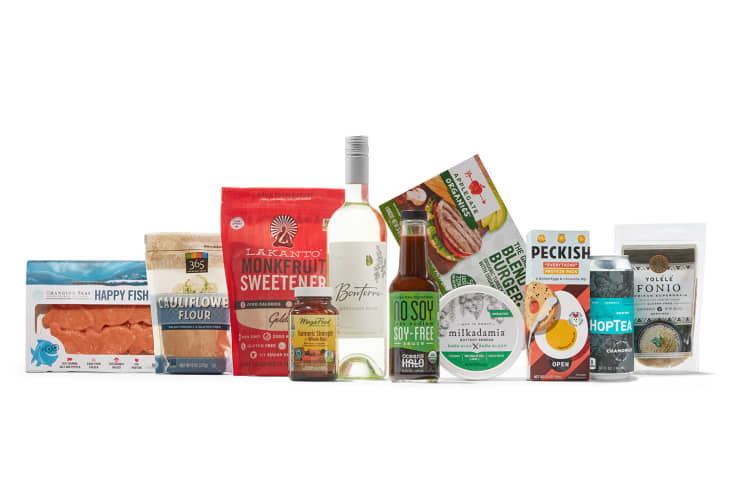The Top 10 Food Trends for 2020, According to Whole Foods
Not to give anyone a fright, but perhaps the scariest part of being only 10 days from Halloween is that we’re also only 11 days and two months from the beginning of a new year (and decade)! And what, you might wonder, will we be eating next year? Well, each year Whole Foods gathers up their buyers and experts and ask them just that. You might remember that last year they pointed us toward CBD products, faux meat snacks, and sustainable packaging, all of which we definitely saw a ton of. So, what are we in for next year? Read on to find out.
Regenerative Agriculture
What happens beyond organic or sustainable farming? Farming and animal management that actually works to improve the eco-system. That means it improves biodiversity, increases carbon capture, and restores damaged soils. These practices help the food system to fight back against climate change.
Flour Power
Alternative flours have been on the rise for years, and it seems like each year there are more new options not just on shelves, but incorporated into products that consumers are looking for. Look for high-fiber and protein-packed options like teff, tigernut, and coconut flour in chips and snacks, and for home baking.
West Africa Goes Global
The foods of West Africa have long been incorporated into the American food world in subtle ways from the foods and techniques brought by enslaved people in the 19th century and before. But now the specialties and ingredients of places like Senegal, Ghana, and Nigeria are arriving in grocery stores and restaurants, including grains like fonio and superfoods like moringa.
Single-Serving Fridge Snacks
The snacking world looks to take over the fridge as well as the pantry, with a run on single-serving, fresh, refrigerated snacks. This includes cottage cheese, peanut butter, and hummus packets, drinkable soups, hard-boiled eggs, and more. Basically, the grocery store will work to make it easier to have fresh, easy snacks on hand.
Plant-based Progress
Another year, another movement further from soy-based plant alternatives. Vegan and vegetarian packaged foods are looking to avocado, watermelon seeds, and mung beans to give flavor, nutrition, and texture to plant-based eating. That means soy-free vegan soy sauces, supplements, and more.
Butter Us Up
Forget sesame, peanut, or even cookie butters. Butter is bigger and better and coming from watermelon seeds, chickpeas, and macadamia nuts now. If you can find a nut or a seed, it’s probably going to find a way to show up as a spread of some sort this year.
Kids’ Snacks Spruce Up
Forget the limp, flavorless fish sticks and string cheeses of your childhood. Kids these days get salmon fish sticks (shaped like fish!), goat cheese crumbles, and seaweed snacks. The same forward-thinking, sustainably-minded shopper that looks for ideal ingredients in their own food will now have options to do the same for their children.
Sweetening the Sugar Shelf
Sugar isn’t just the usual white stuff these days. For serious bakers and cooks, the options for texture, flavor, and uses expand exponentially with the new syrups and alternative sweeteners from all over the map. Look for fruit-based ones like pomegranate, date, and monk fruit, and even starch-based ones like sweet potato.
Mixed-Up Meat
While meat alternatives made the biggest splashes this year, the next move that is coming from companies is the mixed burger: some alternative meat and some real meat. Especially in burgers, where ground beef blends with vegetables and grains to keep the strong flavor while adding sustainability and texture.
Drinks Without Drunks
Non-alcoholic drinks have been rising on bar menus in recent years, and now that trend comes to store shelves in the form of interesting zero-proof spirits, beers, and cocktails. Sparkling teas, non-alcoholic beers, and exciting fancy water options will be ready for 2020’s year of the alcohol-free bar.
What trend do you want to explore more of in 2020?
